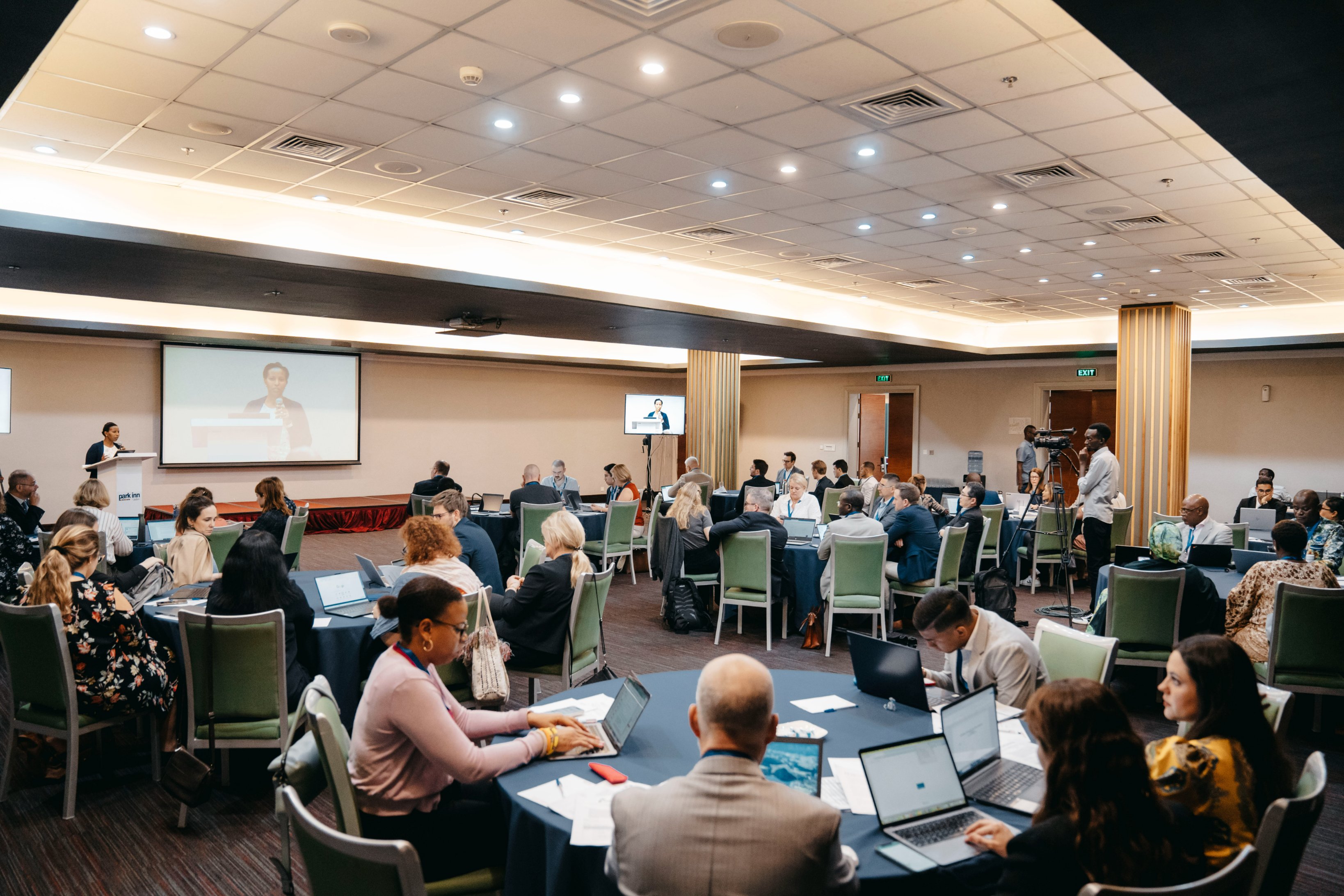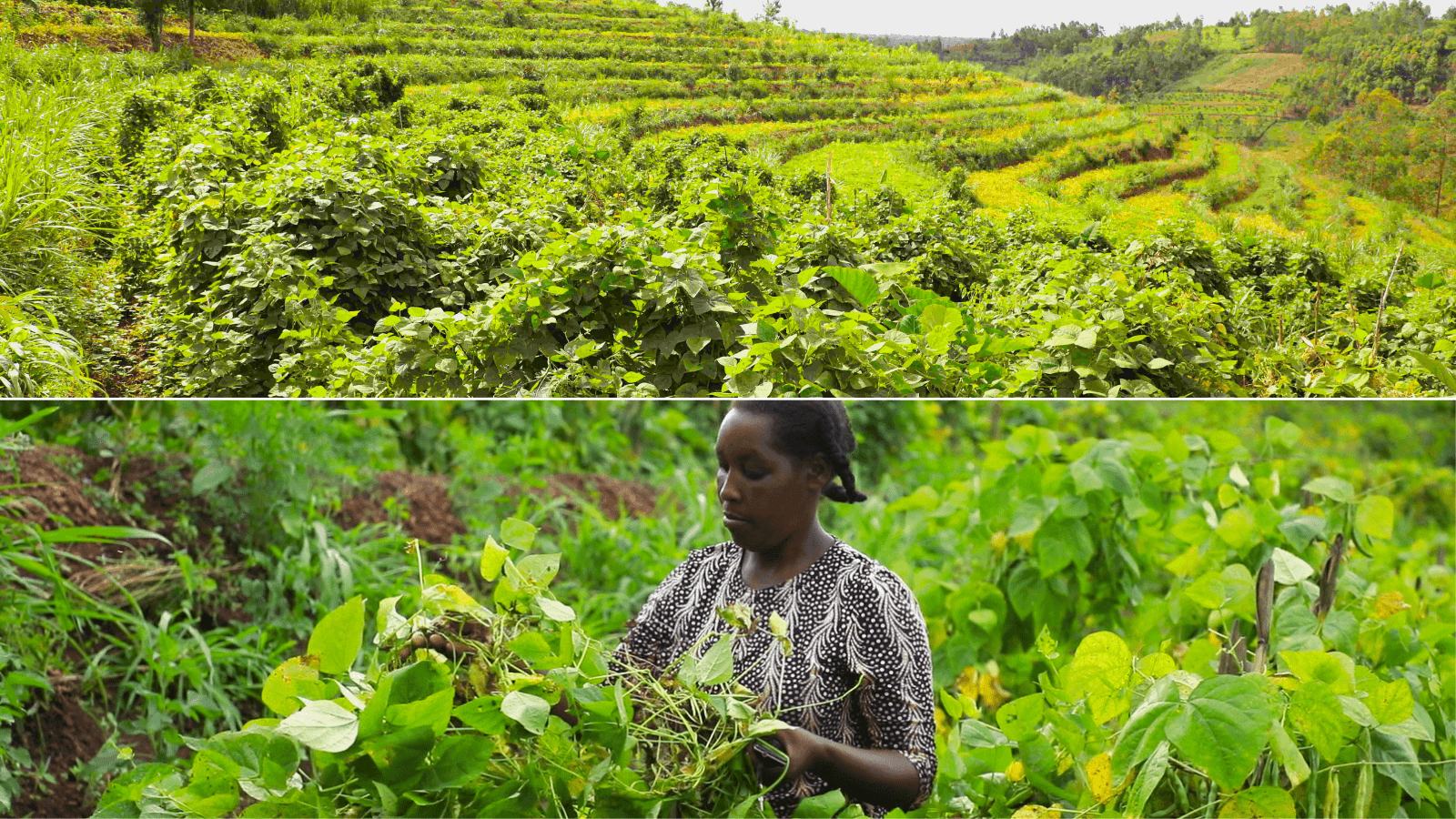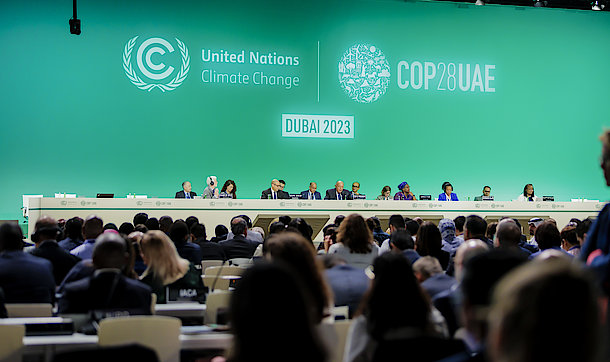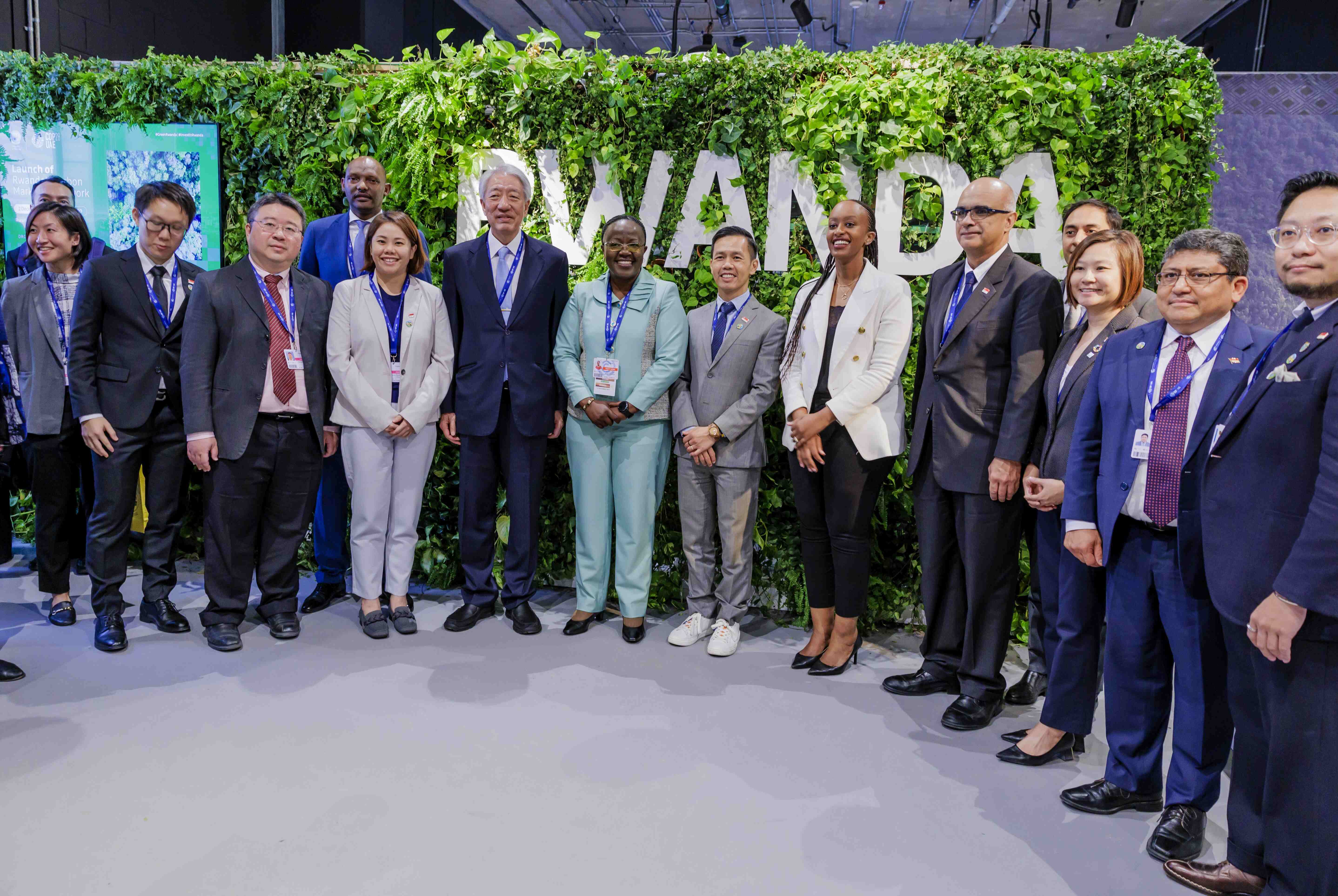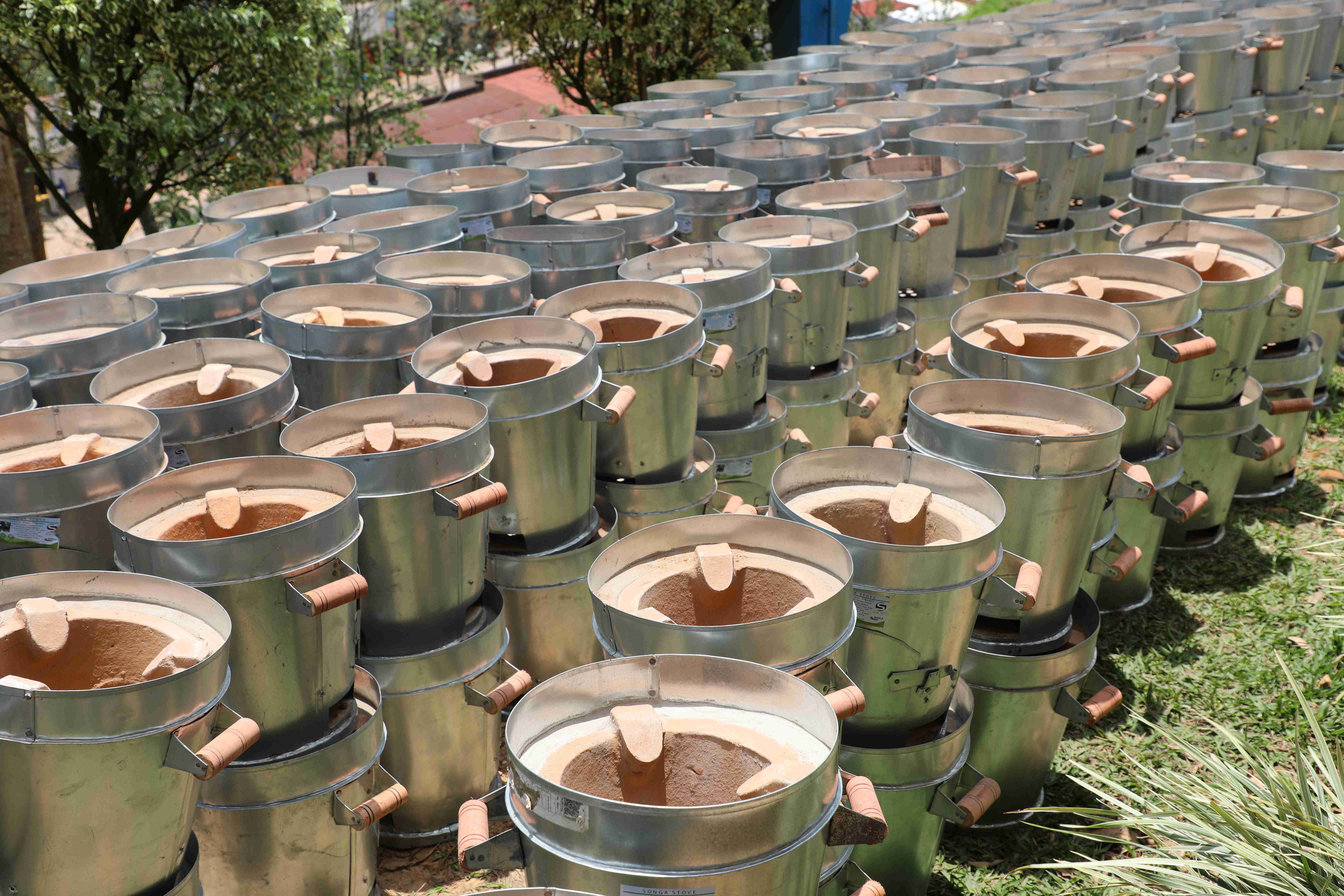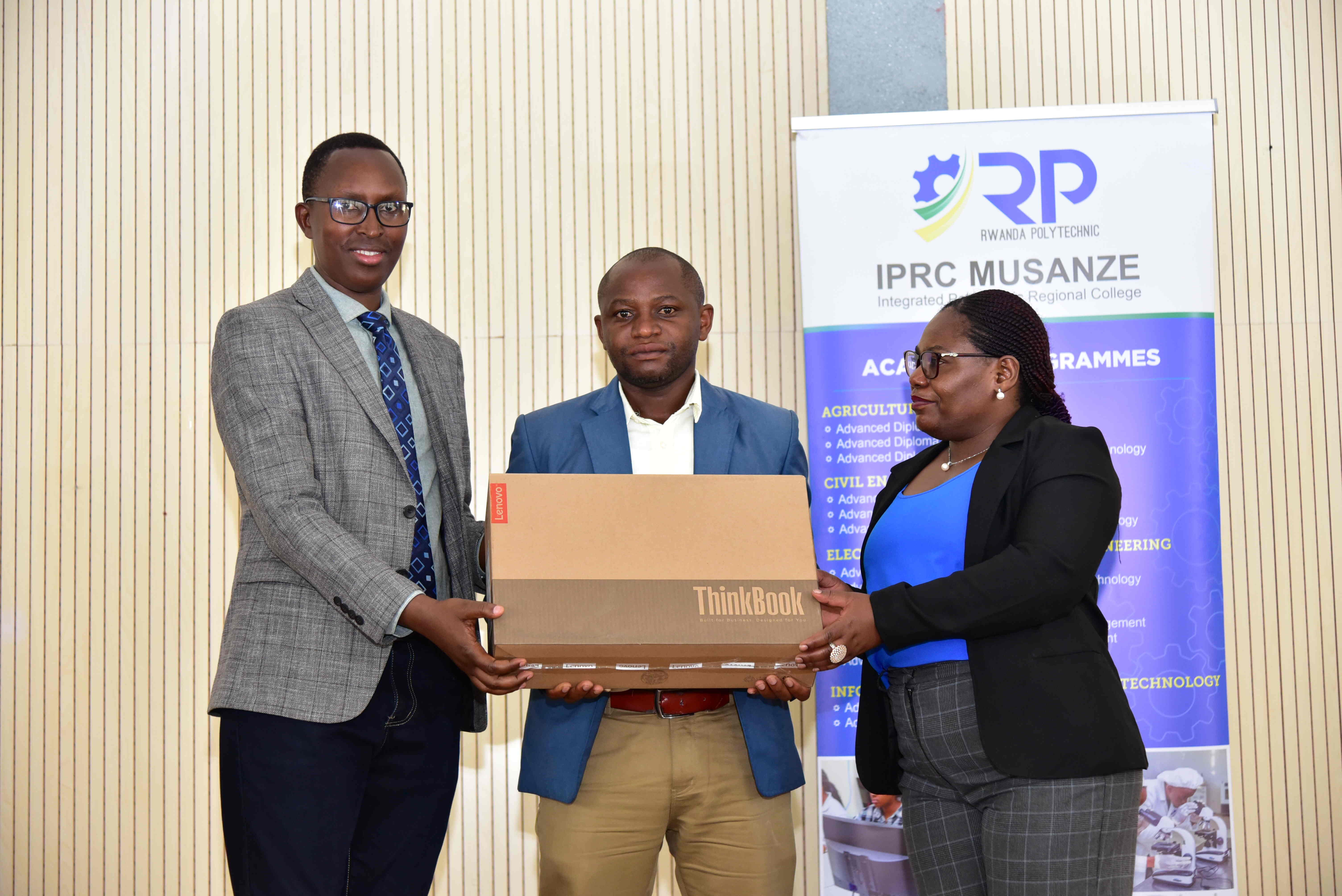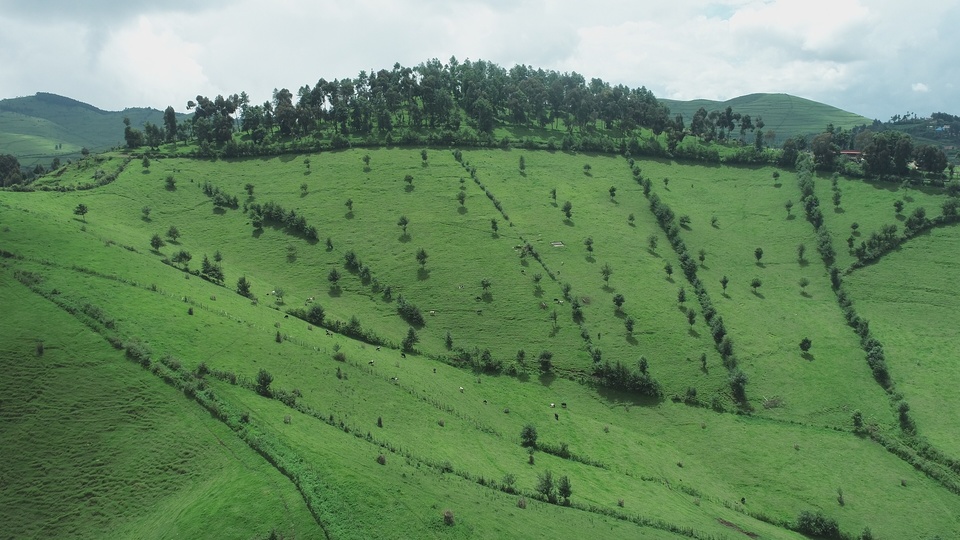
How Silvopastoralism approach is contributing to sustainable and efficient livestock production around Gishwati-Mukura National Park
A couple of decades ago, it was not that easy to find a single tree in the rangelands around Gishwati-Mukura National Park.
This was not only a problem to farmers in the area, but also a big threat to the park which they were invading in search of ethno drugs of their livestock.
Since 2015, the Government of Rwanda and partners including World Bank through Global Environment Facility launched the Landscape Approach to Forests Restauration and Conservation (LAFREC) Project which is being implemented by Rwanda Environment Management Authority (REMA).
The project aiming at demonstrating a landscape management for enhanced environmental services and climate resilience in one priority landscape of Gishwati and Mukura, resulted in a major advance in the restoration of the highly degraded Gishwati-Mukura landscape, enhancing both productive and environmental values.
Introducing silvopastoralism approaches was among the project’s components to improve livelihoods of beneficiaries around Gishwati-Mukura National Park.
Silvopasture is a tree-based livestock production system, where trees, shrubs and other vegetation planted on pasturelands provide fodder as well as other multiple benefits.
“Silvopastoralism has been an answer to the serious problems we had. First, LAFREC Project supported by providing livestock to farmers around the park. The project also made paddock for us and we now have control over grazing. You can also see trees around the rangelands, some of them will provide shelter for our livestock in dry season, while some other species (mainly Cystisus proliferus, Sesbania sesban and Leucaena leucaocephala) are fodder for our livestocks” says Kalinijabo Gatarama, a farmer in Nyabihu district.
“Milk production has increased since these paddocks were made by LAFREC Project. Most importantly the project brought water in the rangelands. Our livestock no longer travel a long distance looking for water, this contributed a lot to the increase of milk production and welfare of our livestock”
Local authorities also reaffirm that milk production has increased ever since silvopastoralism approach was introduced in Gishwati rangelands.
“I do not have exact statistics right away, but there is an increase in milk production considering the quantity of milk farmers send to Mukamira diary. They could only send around 8,000 liters of milk to the diary per day, but now they send between 18,000 and 20,000 liters to the dairy on a daily basis. We are thankful to the Government of Rwanda which brought LAFREC Project to us. Communities around the Park were suffering from lack of fresh water, but now they are benefiting from water brought to the rangelands around Gishwati-Mukura National Park” says Antoinette Mukandayisenga, Mayor of Nyabihu District.
According to several research reports, Silvopastoral systems are more adapted to changing climate and weather, as foliage production from trees and shrubs is less affected by such changes than grasses.
Moreover, unlike conventional grass-based pastures, which contribute to greenhouse gas emissions through land conversions and increased enteric methane production from livestock, silvopastoral systems contribute towards mitigation of greenhouse gases though direct sequestration of atmospheric carbon and reduction of enteric methane production.
Similarly, trees and shrubs in silvopastoral systems contribute to general ecological integrity through improvement of soil fertility, soil and water conservation and farm and pastureland productivities.
Topics
More posts
Rwanda hosts a two-day workshop for Negotiators of the High Ambition Coalition to End Plastic Pollution
Rwanda has from 14th to 16th February hosted a two-day workshop for negotiators of the High Ambition Coalition to End Plastic Pollution (HAC). The…
LDCF3 Project’s Improved Cookstoves: A Dual Solution for Climate Change and Human Health
In a ground-breaking move towards sustainable living, the Rwanda Environment Management Authority (REMA) is making significant strides in the fight…
From reluctance to acceptance: The LDCF3 Project beneficiaries embraces terraces for agricultural transformation
The beneficiaries of the Ecosystem/Landscape Approach to Climate Proof the Rural Settlement Programme of Rwanda, also known as LDCF3 Project, who…
Rwanda welcomes historic COP28 decision to transition away from fossil fuels
The Government of Rwanda has welcomed the ground-breaking decision made at the 28th Conference of the Parties (COP28) to the United Nations Framework…
Rwanda launches Carbon Market Framework to advance Climate Action for a Sustainable Future
Rwanda has today launched its National Carbon Market Framework in a significant stride towards a greener and more sustainable future. The framework…
Over 45 professionals complete a capacity-building program in climate change analysis and reporting
Kigali, 17 November, 2023- Kigali, REMA, in collaboration with the African Institute for Mathematical Sciences in Rwanda(AIMS_Rwanda), celebrated the…
REMA’s LDCF3 Project distributes 5,000 improved cookstoves to beneficiaries to tackle climate change
The Rwanda Environment Management Authority distributes 5,000 improved cookstoves to beneficiaries of the Landscape Restoration Approach to Climate…
BIOFIN’s Technical Advisor on Environmental Finance visits Rwanda to foster stakeholder engagement
The Biodiversity Finance Initiative (BIOFIN)’s Technical Advisor on Environmental Finance for Africa, Mr. Bruno Mweemba recently visited Rwanda from…
World Ozone Day: REMA recognizes students and lecturers with technologies and eco-friendly cooling solutions
Rwanda in September 2023 joined the rest of the world to mark the World Ozone Day with the theme “Montreal Protocol: Fixing the Ozone layer and…
